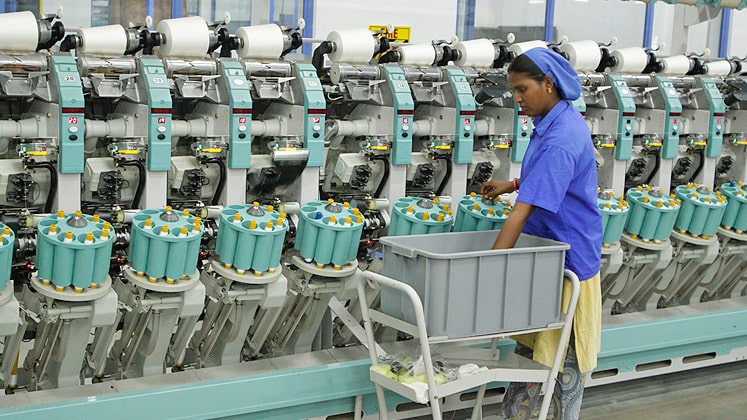In another big relief for the textile sector, the Indian Government has reduced Hank Yarn Obligation (HYO) from 40% to 30% of the total weaving yarn produced for domestic consumption, with effect from January this year.
Textile mills that pack yarn for the domestic market had to ensure that 40% was in hank form. This has now been reduced to 30%.
HYO provision had compelled the textile mills to produce a minimum of 40% of the Weaving Yarn for domestic consumption as Hank Yarn, which was inhibiting the growth of the industry. The actual cotton hank yarn requirement by the handloom sector is less than 15% of the total as per the estimate based on the Handloom Census 2009-10 data. It is estimated that now the requirement for hank yarn would have fallen to about mere 10% of the total weaving yarn produced for domestic consumption. Mills were under severe stress to meet this obligation as there was not sufficient demand for hank yarn in the country.
“Decision of reducing the Hank Yarn Obligation (HYO) would remove the anomaly of excessive obligation of hank yarn and save the ailing spinning industry from the extra burden. It is an historical step, as the industry was facing this extra burden for more than a decade now.”- Sanjay Kumar Jain, Chairman, CITI
“When the hank yarn obligation was reduced from 50% to 40% during 2003, the obligatory quantity was around 930 million kgs and the same had increased over 1600 million kgs during 2018. On the other hand, the number of handlooms were 31.37 lakhs during 1997-98 and the same got reduced to 21.46 lakhs during 2009-10 handloom census. The proportionate reduction in obligation works out to less than 15% and therefore, there is a room to reduce the obligation further by 10%. As per the Handlooms Census 2009-10, the actual hank yarn requirement works out to less than 10%.” P.Nataraj, Chairman, The Southern India Mills’ Association (SIMA)







